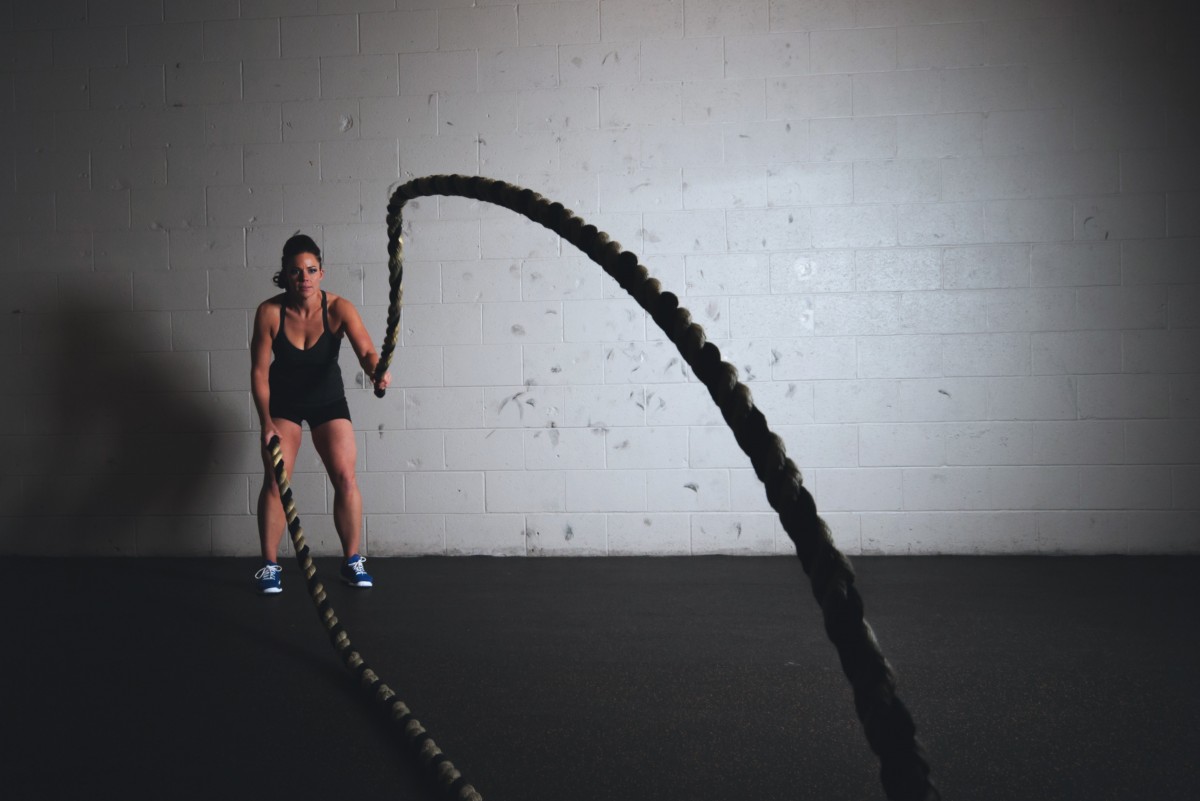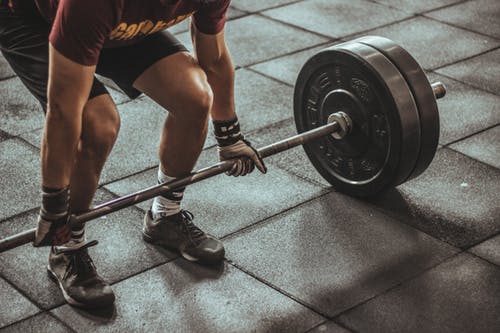Heavy ropes are a training mode that many strength and conditioning coaches have been incorporating into the training of their athletes for several years now. They provide a total body exercise, they strengthen and improve the endurance of the core, are a metabolic conditioning tool, and make a great warm-up activity.
While this is a tool that is pretty extensively used, there has not been much research on it. The Journal of Strength and Conditioning Research recently published a study by Fountaine and Schmidt that examined the cardiovascular and metabolic cost of rope training.
This study had recreationally active college students (almost half were former collegiate athletes) perform 10×15 seconds work intervals and 45 second rest intervals. While this was being done; heart rate, lactate, oxygen uptake, etc. were The rope exercise being performed was an “arm wave,” i.e. it involved minimal lower body movement.
Results:
- On average; subjects achieved a peak lactate of almost 12 mmol
- Average exercise post exercise oxygen consumption was a little over 13 minutes
- Average peak exercise oxygen consumption was a little over 35 ml/kg/min
- Average exercise heart rate was almost 165 beats/minute
- Average peak exercise heart rate was almost 180 beats/minute
- Peak METS was approximately 10
- Males had greater energy expenditures that females
Let me begin this by discussing the results and then I’ll conclude with some of my thoughts. First, the males in the study were larger than the females – this accounts for the greater energy expenditure from the rope protocol. Second, according to the authors, the rope protocol described, with this population, seems to meet the standards for cardio-vascular and metabolic conditioning exercises.
Some things to keep in mind with this study. First, the exercise studied is not one that is especially difficult for a well-conditioned athlete – it’s a primarily upper body exercise. Incorporating lower body movement into the exercise will increase the cardio-vascular and conditioning demands of the exercise. Second, in an athletic conditioning setting we would rarely use one exercise for 10×15 seconds with 45 seconds recovery. That’s a waste of 45 seconds and we never have enough time with our athletes. The reality is that 45 seconds would probably be filled up with other exercises, which would further increase the demands of the athlete. Finally, it needs to be kept in mind that the population is active college students – it’s not studying highly conditioned athletes, which is going to impact the results.
Still and all, it’s awesome to finally see a study examining the effectiveness of this training mode and this one is a great first step in providing some validation of this tool.
Fountaine, C.J. and Schmidt, B.J. (2015). Metabolic cost of rope training. Journal of Strength and Conditioning Research, 29(4), 889-893.



